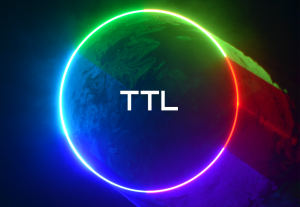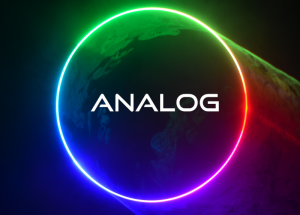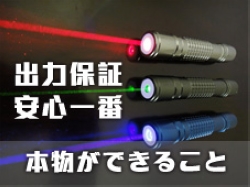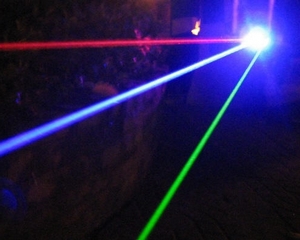What’s the difference between TTL and analog laser color control?
In the context of laser projectors, the terms TTL and analog refer to the modulation of the laser diodes, or put another way, how the lasers turn off and on.
TTL stands for “Transistor-Transistor Logic,” and is another way to say that the laser diode modulates digitally, and it’s always either 100% on or 100% off, never anywhere in the middle. TTL laser diodes are generally cheaper, and in some situations can appear brighter than a system of analog-modulated laser diodes with the same peak power level. TTL laser diodes are usually used in lower-cost, entry-level systems where maximum brightness is required at all times and you don’t need a wide color palette. An RGB laser projector system with TTL modulation can only make 7 color combinations; red, green, blue, yellow, cyan, magenta and white.

Analog modulation means that the laser diodes can do more than just turn to 100% on or 100% off, and can emit laser at a large range of power levels. Analog-modulating diodes are the industry standard for galvanometer-based projectors, and while costing a little more than TTL diodes, analog diodes offer a much wider color palette than TTL systems. Analog modulation also allows you to fade the laser beams in and out, which gives you a lot more creative control for your show programming. Analog systems can create anywhere from dozens to thousands of possible colors, depending on the specifications of the system.
Frequently, if a laser is said to be “seven-color,” its diodes are TTL, and analog diodes usually go with lasers said to have “1,000+ colors.” For example, our Caliente Aurora’s diodes are TTL, and our Skywriter HPX has analog diodes.


